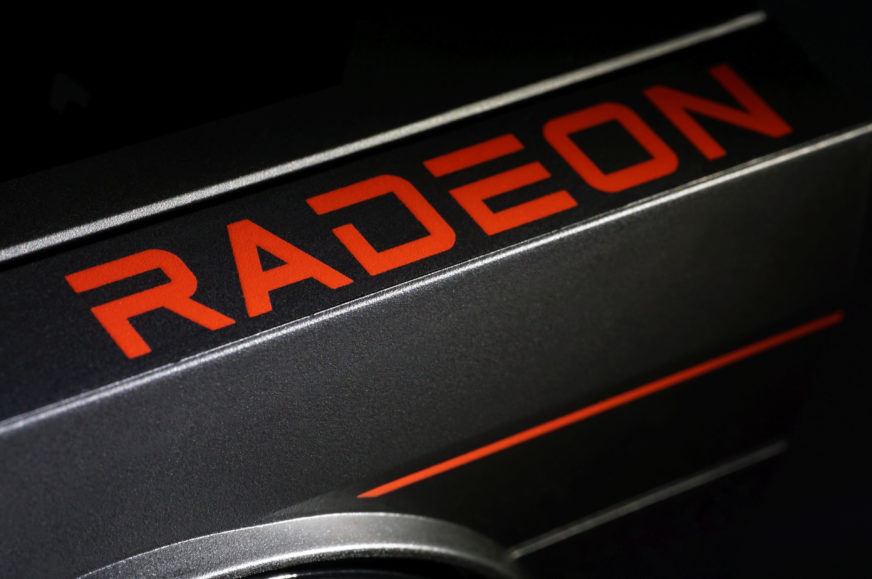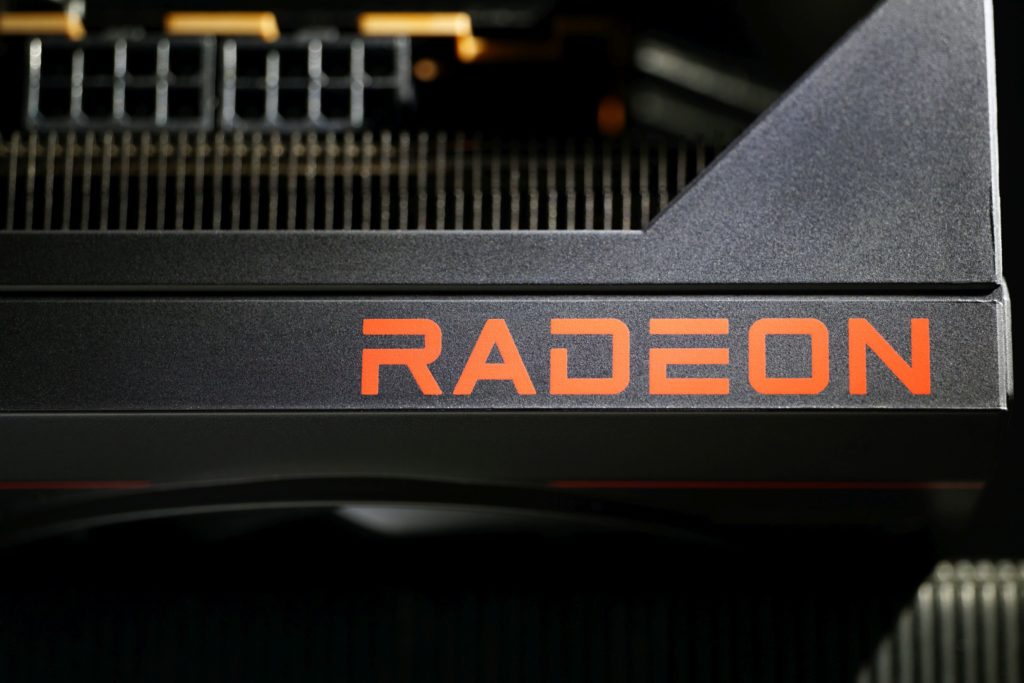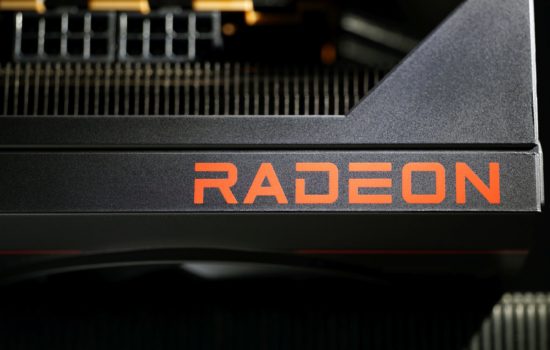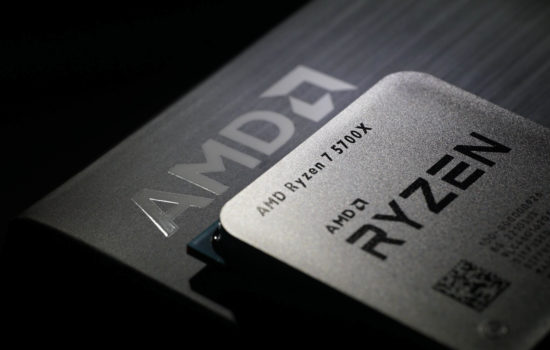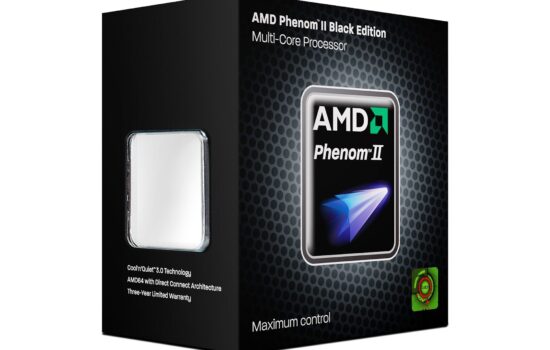Low power with two monitors and AMD graphics cards
In a multi-monitor setup, graphics cards naturally have higher power draw, and in some cases significantly so. But it seems that, at least with the RX 7900 XT (Sapphire Pulse), this is no longer the case. We know from measurements that the increase in power draw of this card is very low, several times lower than it used to be in the past in all the older models we have tested. Basically, we can say that the “problem is solved”.
The fact that a second monitor can significantly increase the power draw of a graphics card is a fairly well-known thing that worries many users. Especially those who own Radeons. GeForce graphics cards also experience an increase in power draw, but it’s never an integer multiple, and the increases are only in the order of tens of percent.
However, the idle power draw of such a Radeon RX 6900 XT is vastly different with respect to whether one or two monitors are connected. We measured 13.70W with one monitor and up to 46.74W with two. It should be added here, though, that these are already quite old measurements and with the current drivers it may be different. But AMD certainly hasn’t reliably reduced these high power draw increases by mid-2021, as disclosed in this report on Adrenalin 21.6 drivers, for example. AMD didn’t officially say anything about improvements in this regard at the time, but one of the users noticed that the software diagnostics reported low power draw of the graphics card even after a second monitor was connected.
However, based on later tests (RX 6600 and RX 6650 XT), we couldn’t confirm this behaviour – the difference in power draw (with one and two monitors) remained high. Of course, it’s different to go by the application, which may underestimate the situation, than by the hardware measurements directly of the graphics card (on the power cables and on the PCIe slot, as we do by default).
However, it is also possible that the improvement may have been seen only on some cards. That’s why even now, when we measured only a nice 14.5% (from 16.01 to 18.33 W) for the Sapphire RX 7900 XT Pulse with Adrenalin 23.4.1 drivers at idle, we can’t claim that a similar ratio will be true for older models as well. It may, it may not. We can’t verify this at the moment, as we don’t have Radeon RX 6000 samples in our editorial office.
Who knows since when exactly and for which cards this model of behavior works, but in any case AMD has really worked on these shortcomings, for which it deserves praise. With respect to efficiency for 2D with two monitors, the Sapphire RX 7900 XT Pulse is already a more attractive option than the MSI RTX 4070 Ti Suprim X 12G. For the latter, power draw with a second monitor in idle mode rises by 15.1%, virtually the same as Radeon, but based on a higher baseline. The RX 7900 XT draws nearly 9W less power compared to the RTX 4070 Ti (and at 18.3W, it’s closer to the RTX 3050 Ventus 2X 8G OC). We’re still comparing Sapphire’s (Pulse) design to MSI’s (Suprim X), and for others it may differ, but we assume only symbolically so.
English translation and edit by Jozef Dudáš
English translation and edit by Jozef Dudáš





